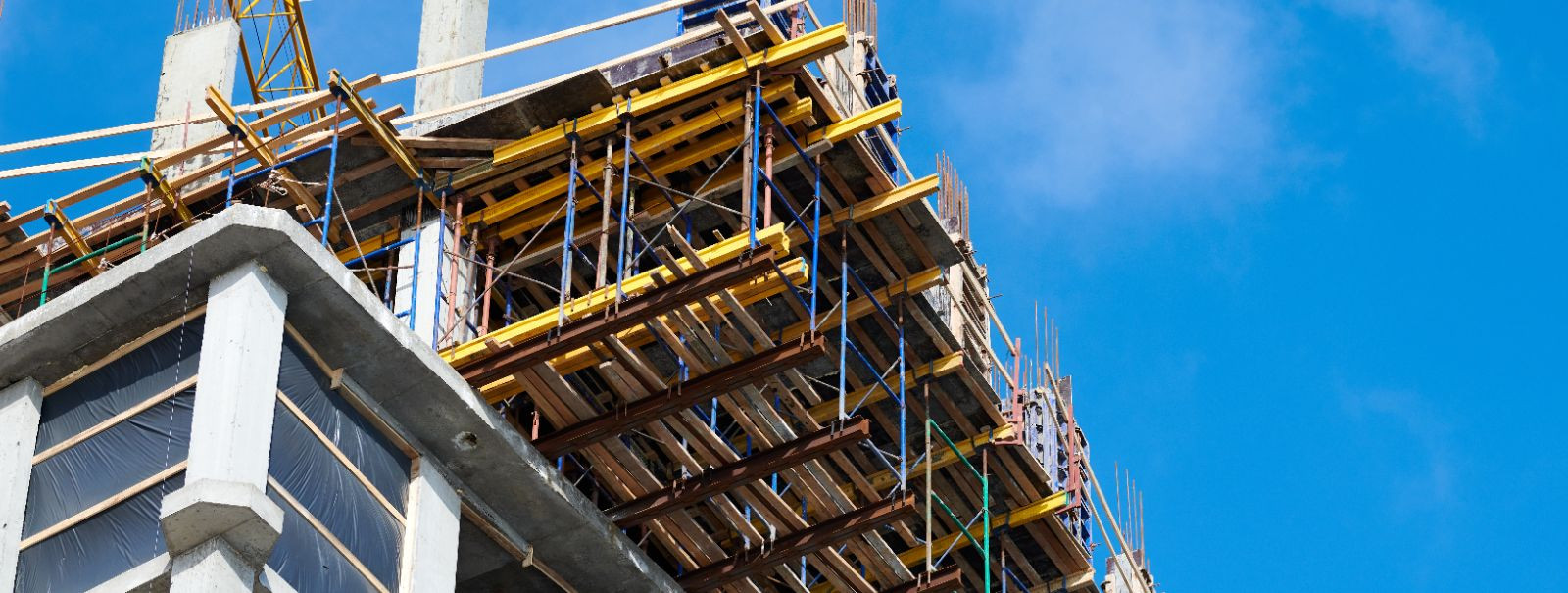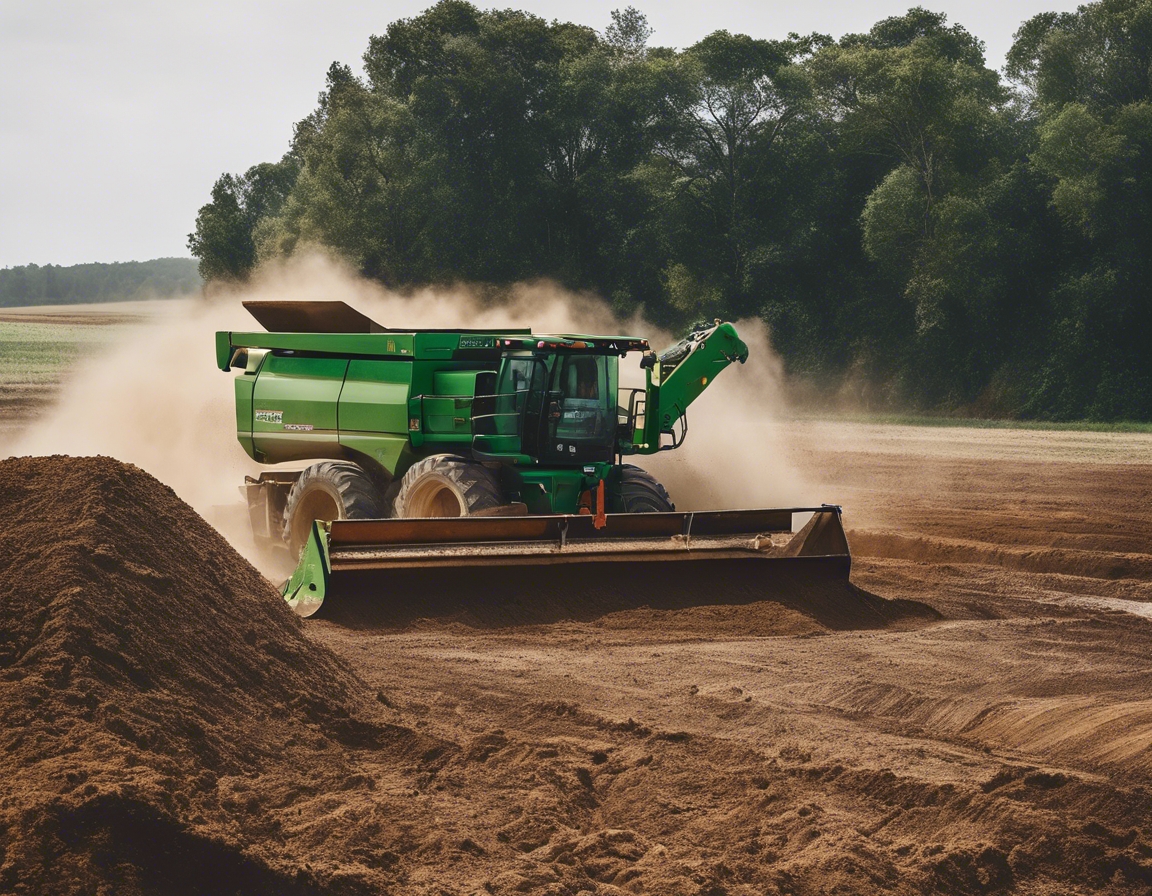5 essential materials for your next construction project
Embarking on a construction project requires meticulous planning and the selection of the right materials. The quality, durability, and sustainability of the materials you choose can significantly impact the success of your project. In this blog post, we will explore five essential materials that are the cornerstone of any construction project.
1. Concrete and Cement
Concrete is a versatile and widely used material in construction. It is made from a mixture of cement, water, and aggregates like sand, gravel, or crushed stone. There are various types of concrete, including standard ready-mix concrete, high-strength concrete, lightweight concrete, and more, each suited for different applications.
Concrete is fundamental for foundations, structural frames, pavements, and many other elements of construction. Its compressive strength and durability make it an ideal choice for a wide range of projects.
2. Steel and Rebar
Steel is a strong, durable, and recyclable material that provides structural integrity to buildings. It is used in the form of beams, columns, and trusses, offering flexibility in design and speed in construction.
Reinforcing bar, or rebar, is used to provide tensile strength to concrete structures. It helps to prevent cracking and structural failure, particularly in areas prone to earthquakes or high winds.
3. Wood and Engineered Wood Products
Wood has been a fundamental building material for centuries due to its natural availability, ease of use, and thermal properties. Traditional wood framing is common in residential construction and offers a classic aesthetic.
Engineered wood products, such as laminated veneer lumber (LVL) and cross-laminated timber (CLT), have revolutionized construction with their enhanced strength, stability, and environmental benefits.
4. Masonry Materials
Masonry is one of the oldest construction techniques, and materials like bricks, concrete blocks, and natural stone are still widely used today. They offer fire resistance, thermal mass, and a timeless look.
Masonry not only provides structural benefits but also contributes to the aesthetic appeal of buildings. It can be used in facades, walls, and landscaping to create visually stunning and long-lasting structures.
5. Insulation and Building Envelope Materials
Proper insulation is crucial for energy efficiency and comfort in buildings. Materials such as fiberglass, cellulose, and foam insulation play a key role in maintaining temperature and reducing energy costs.
The building envelope includes all the components that separate the interior of a building from the exterior environment. It is essential for controlling heat flow, moisture, and air leakage, contributing to the overall sustainability of the structure.






Comments (0)